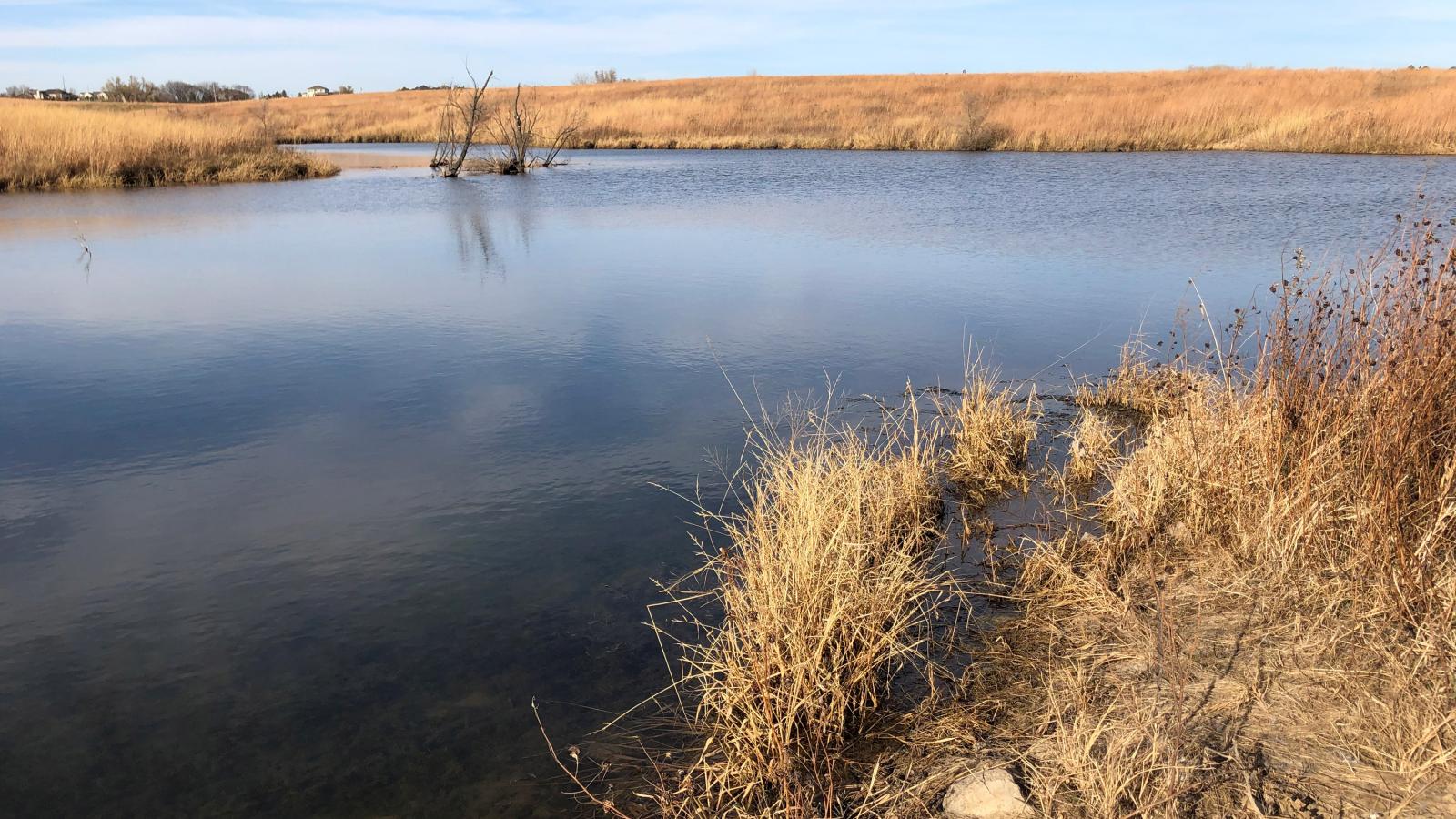Instructor(s): Francisco Munoz-Arriola
Number of Credit Hours: 3
Cross-listings: NRES 479, METR 479, WATS 479, BSEN 479, METR 879, BSEN 879
Prerequisites: NRES 208 or METR 100 or METR/NRES 370. Offered spring semester of even-numbered calendar years.
Description: Interaction between earth's climate and the hydrologic cycle. Energy and water fluxes at the land-atmosphere interface. Atmospheric moisture transport, precipitation, evaporation, snowmelt, and runoff. Impacts of climate variability and change on the hydrologic cycle.
- Understand the processes that drive the water and climate systems, as well as their spatiotemporal scales.
- Identify and characterize the availability and reliability of in situ and remote sensing data, modeling, and merged data used to track physical, biological/biogeochemical, and socioeconomic components of the global water system in a changing climate.
- Study the main principles of “water-cycle” modeling.
- Implement the use land surface hydrologic models to explore spatiotemporal scales of model integration and process decoupling, as well as variability in groundwater-land surface atmosphere interactions.
- Create frameworks to integrate climate and water data and information, identifying the changing needs of decision and policy makers (from individuals to federal agencies).
- Use techniques to diagnose, forecast and predict extreme hydro-meteorological and climate events.
